Water is vital to rice farmers, and when water is scarce, they often rely on groundwater. Globally, water from underground reservoirs supports 40% of agriculture , but as water levels fall, this source becomes less accessible. In Punjab, a state in northern India that is widely known as India’s breadbasket, groundwater is depleting faster than it is being replenished.
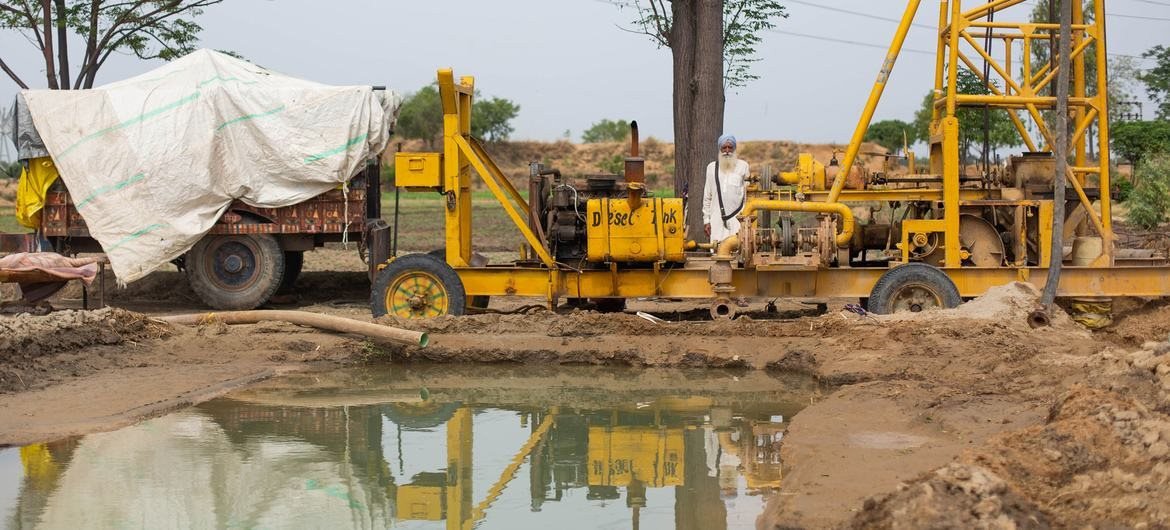
Three farmers from Punjab share how they faced water scarcity and how they solved it.
Water scarcity is not just a problem for future generations.
Ten years ago, the groundwater here was 9 to 12 metres deep, but now it is 18 to 21 metres deep. We are heavily dependent on groundwater as we get canal water only once a week, which is not enough for us, Amandeep Singh shared.
Every year we have to dig deeper to access the groundwater. This is not only a problem for future generations but also a problem that we have been facing. Accessing groundwater is expensive but we, as landowners, have no choice.
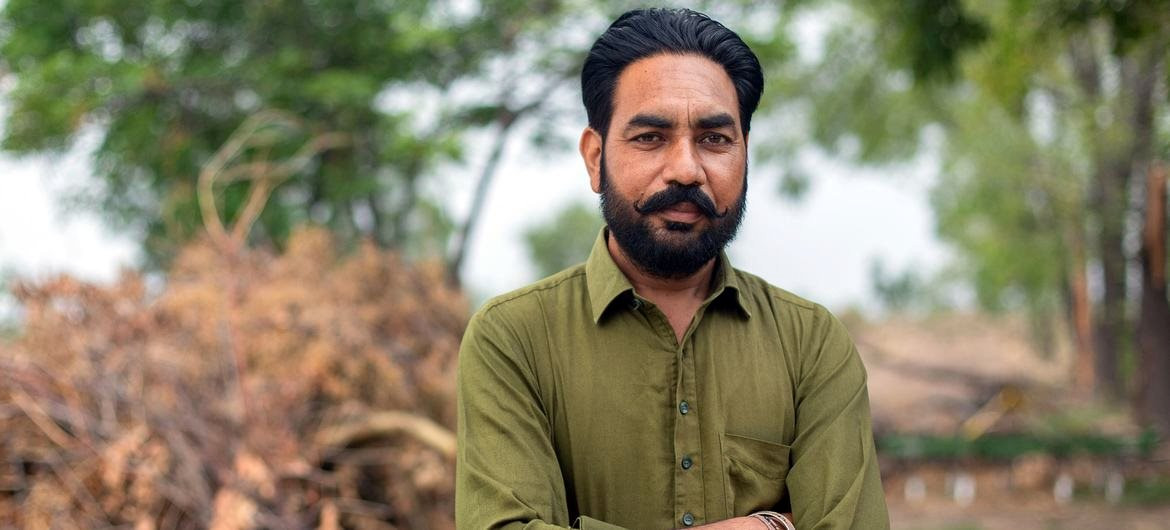
Due to the fall in groundwater levels, not only landowners but everyone will suffer. We will have no water to grow crops and raise livestock. Without water, there will be no agriculture and therefore no future for farmers.
Harjeet Singh said the water he and other farmers in the Punjab region use for their rice fields is not rainwater. Without rain, they have to use groundwater because there is no canal water. Seven to eight years ago, they could access groundwater at a depth of 4.5m, but now they can access it at a depth of 21m. The falling water levels have affected Mr Singh’s income and he cannot afford to install a borewell.
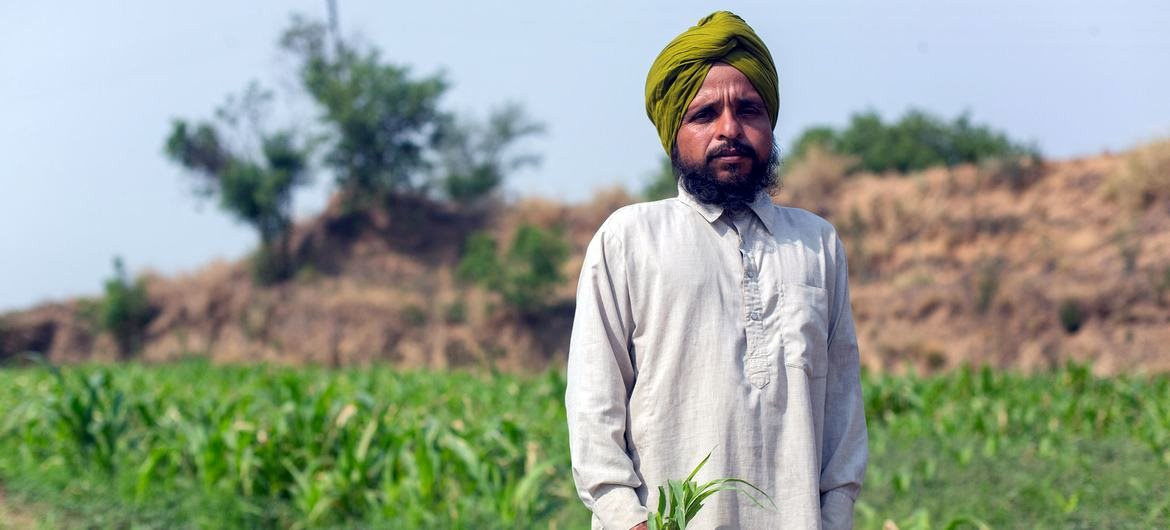
It would be devastating if groundwater were to disappear and it is important that the world understands this problem and finds a solution. One person, one country, one community cannot do anything. Only through solidarity and global efforts can we make a difference. Before groundwater becomes inaccessible or completely depleted, we will have to use rainwater sparingly in lower areas. There is no other solution at the moment.
Integrating traditional wisdom with modern technology
Mr. Vishvajeet Singh Jyani, also a farmer from Punjab, said, “Over the years, we have seen quite erratic rainfall and weather. We have also faced many difficulties due to the unreliability of canal and ground water. At our family farm, our main motto is ‘merging traditional wisdom with modern technology’. My father is also a farmer and uses many traditional techniques. I have completed my training in computer science and together we have combined our strengths by integrating traditional techniques with modern research and technology for better management of natural resources.”
Our main source of water is canal water from the Harike wetland and the Satluj river. We store that water using our water management system or we pump it into the fields. Sometimes we have to supplement the groundwater.
The integrated water management system is very important to us because it helps us save water when it is not needed in the fields. It acts as a backup system to supplement the canal water and groundwater. If there is excess rainwater in the fields, we will also store that water for use when we face drought. We have done a lot to help replenish the groundwater and are now happy that we can access groundwater at a depth of 3 to 6m.
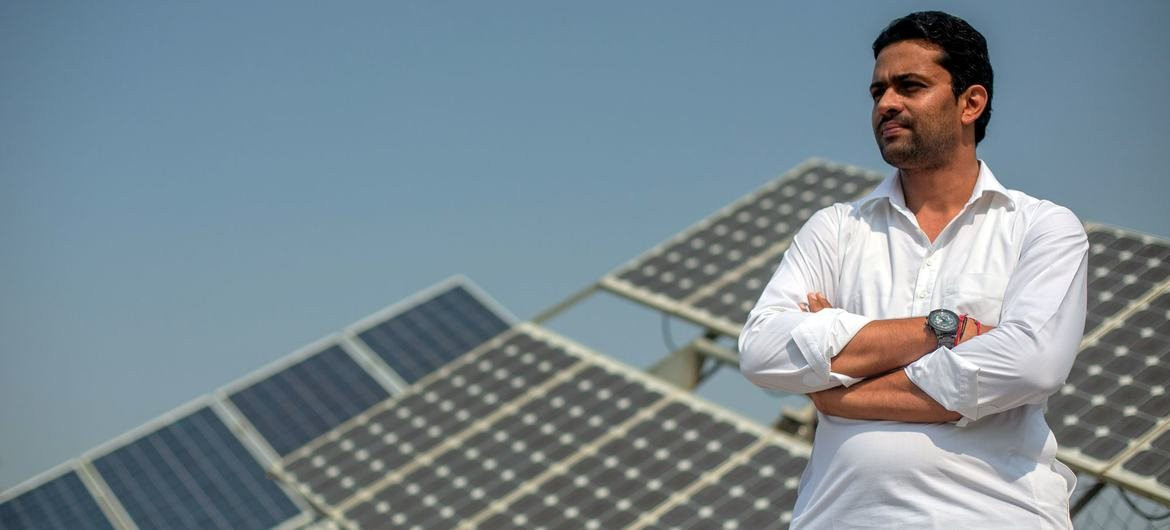
When groundwater becomes scarce and local people cannot access water, the central and local (state) governments step in. They have developed plans and in some states have even implemented them. Farmers are being encouraged to grow alternative crops to rice and other water-intensive crops.
If we want farmers to conserve groundwater, simply asking them to conserve it will not work. If farmers are given incentives to grow other crops, there is no need to convince them. Since farmers are the “backbone” of this country, if they follow, society will follow.
India is facing a number of weather-related uncertainties. The Indian Meteorological Department has warned that higher temperatures could affect the wheat crop in Punjab and Haryana, two major wheat-producing states in the South Asian country. This has prompted the Indian agriculture sector and government to look for new solutions to cope with increasingly severe climate change.
Source




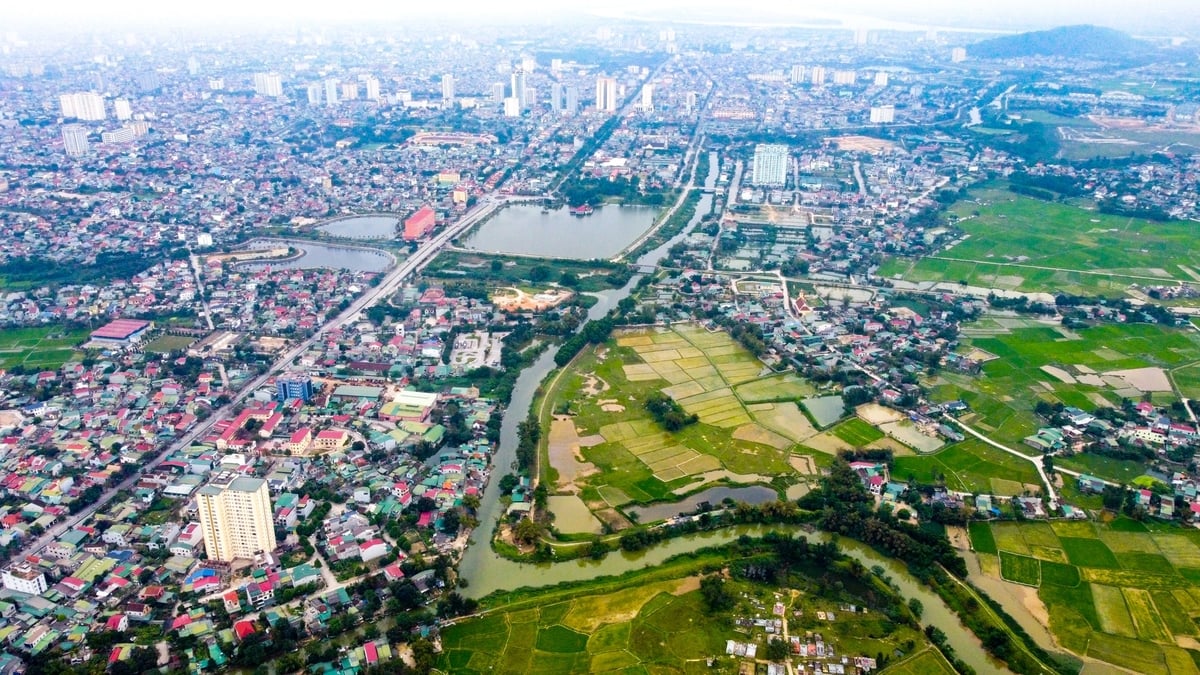

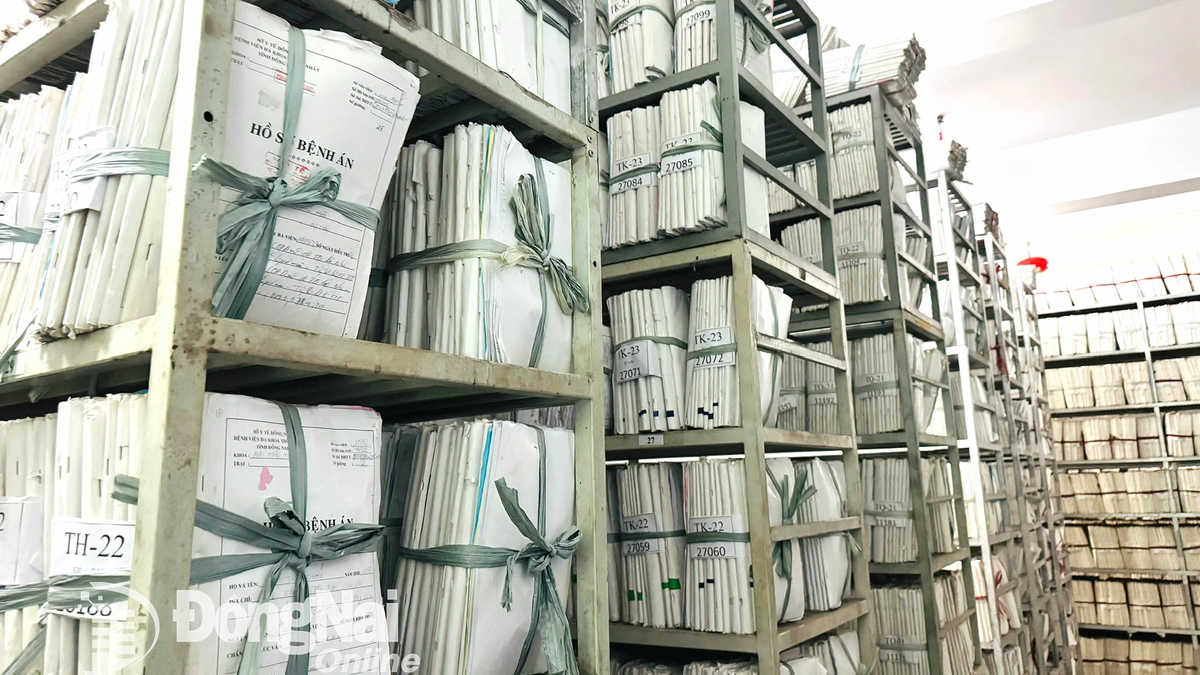


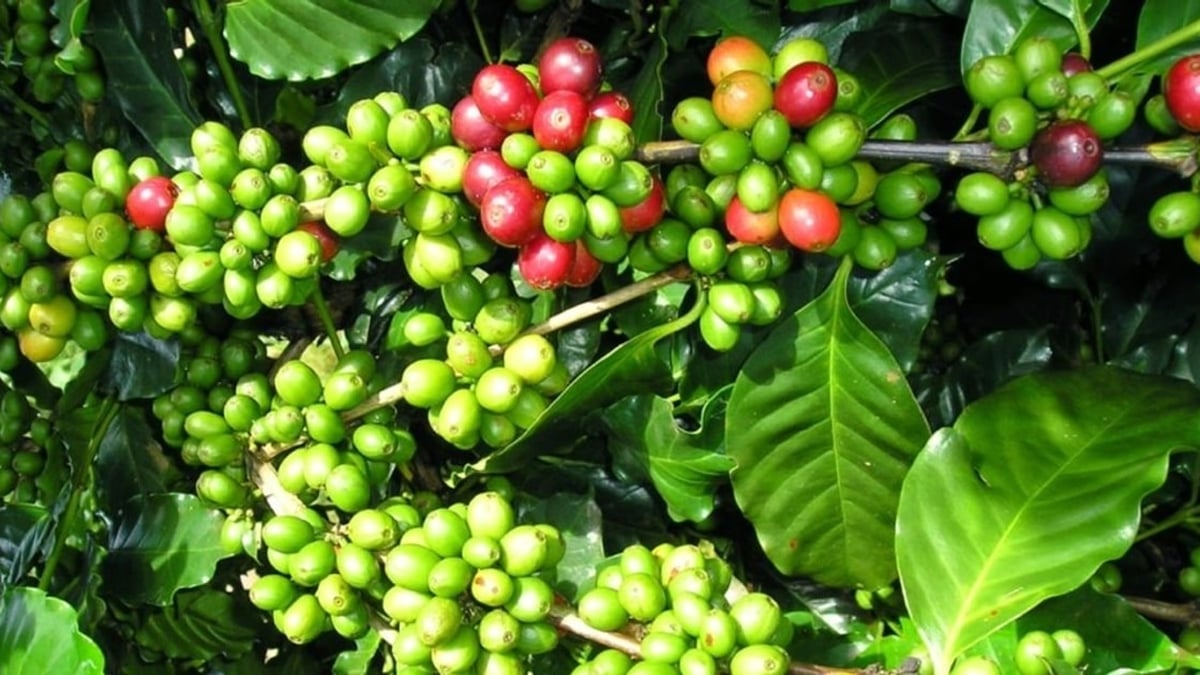














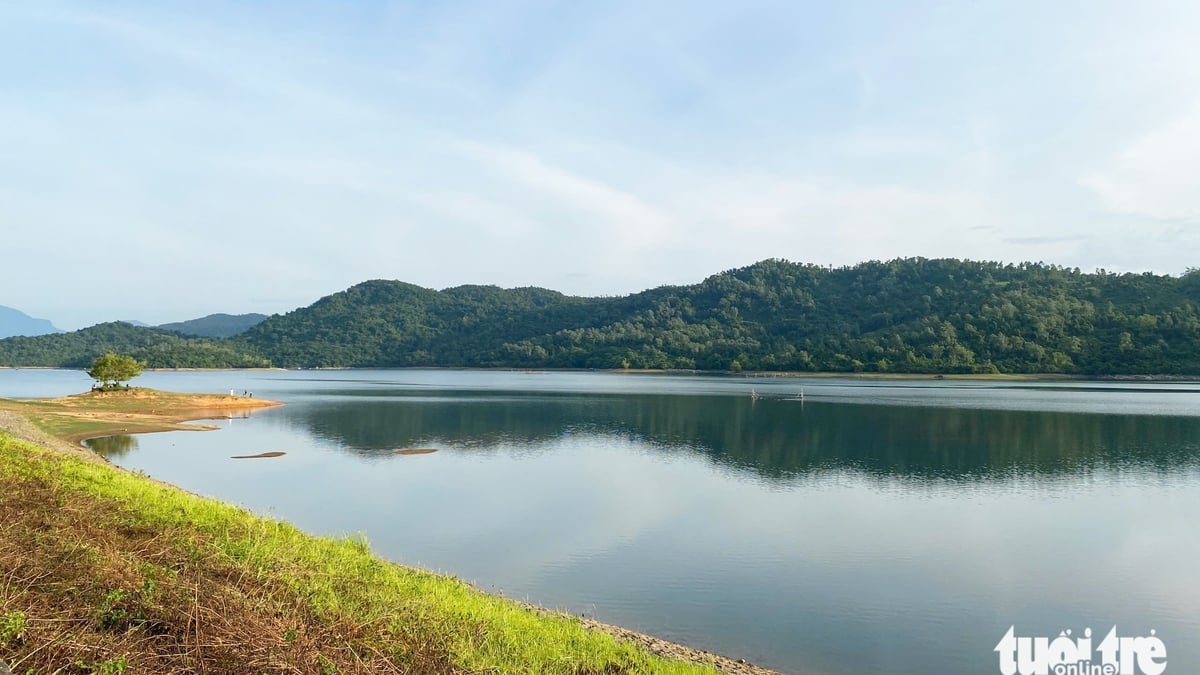













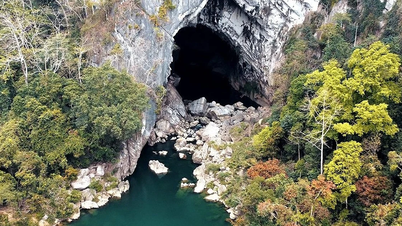


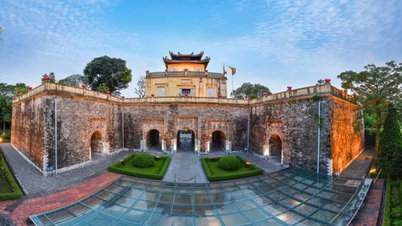
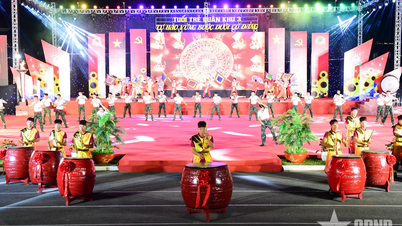

















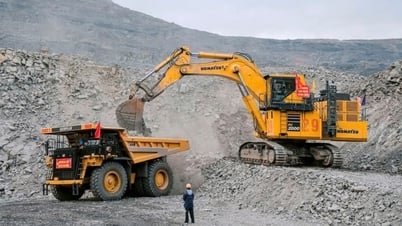



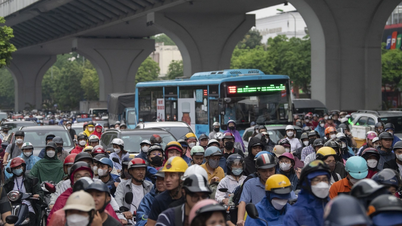

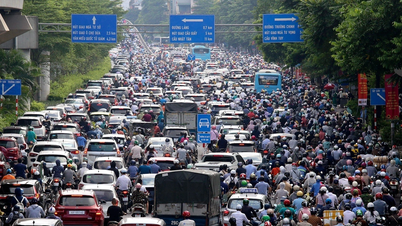
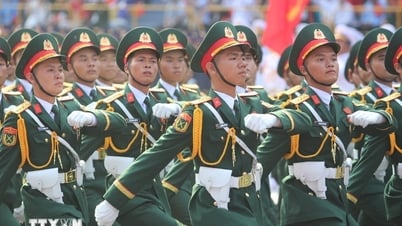


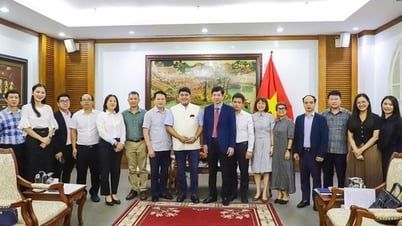













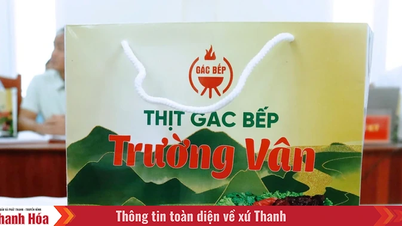



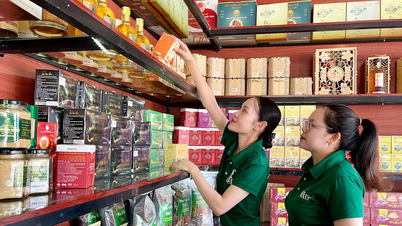



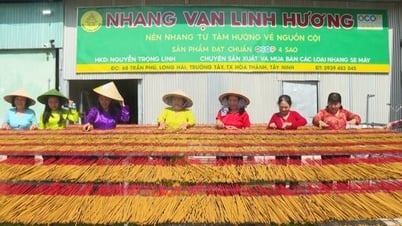

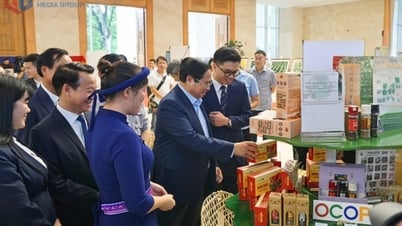






Comment (0)